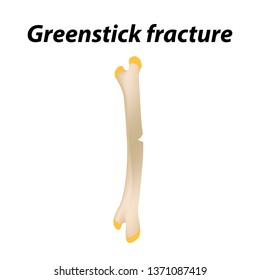Just When You Assume Relief Is Near, Soft Tissue Therapy Discloses Its Unpleasant Truths-- Find Why The Procedure Can Be Unpleasant Yet Useful
Just When You Assume Relief Is Near, Soft Tissue Therapy Discloses Its Unpleasant Truths-- Find Why The Procedure Can Be Unpleasant Yet Useful
Blog Article
Content Author-Carson Conradsen
When you go through soft Tissue therapy, you may discover it remarkably uneasy. This pain occurs as pressure is related to tense muscular tissues and broken tissues, triggering your pain receptors. While it can feel upsetting in the moment, there's a reason behind this experience. Understanding what happens in peptides supplement throughout these treatments can assist you value the process. So, what exactly is going on beneath the surface area?
The Physiology of Pain During Soft Tissue Treatment
When you undergo soft Tissue treatment, your body's response to pain is a complex interplay of physiological processes. As the specialist applies pressure, your body activates discomfort receptors, sending out signals to your mind. This activates the release of natural chemicals, such as material P and glutamate, which intensify the experience of discomfort.
Your muscles may also tense up in feedback, more making complex the experience. Additionally, manual drainage for lymphedema might launch endorphins, all-natural painkillers that can aid ease some discomfort.
The communication between these procedures can create an one-of-a-kind experience for each individual. Comprehending this physiological response assists you browse the sensations throughout treatment, permitting you to appreciate the balance between pain and the capacity for recovery benefits.
The Duty of Discomfort in the Healing Process
Although pain throughout soft Tissue therapy can feel frustrating, it plays a critical role in the recovery process. When you experience discomfort, your body is indicating that it's working to repair broken cells. This action aids raise blood flow to the affected location, supplying essential nutrients and oxygen required for healing.
In addition, discomfort can advertise the launch of endorphins, your body's all-natural medicines, creating a feeling of alleviation post-treatment. Accepting this pain can assist you comprehend your body's restrictions and encourage you to deal with underlying concerns.
While it's uneasy currently, this process is crucial for lasting healing and enhanced function. Acknowledging pain as an important part of recovery can encourage you to remain dedicated to your therapy.
Tips for Handling Discomfort Throughout and After Treatment
Managing pain throughout and after soft Tissue treatment can dramatically improve your total experience and recovery.
To start, communicate freely with your therapist concerning your discomfort levels; they can readjust methods as necessary. Using deep breathing strategies can also aid you loosen up and ease pain.
Take into consideration using ice to the cured location post-session to lower swelling and numb discomfort. Remaining moisturized aids in the healing procedure, so consume alcohol lots of water.
Mild extending and light motion after treatment can advertise blood circulation and ease tightness. Lastly, guarantee you obtain appropriate rest to allow your body to recover.
Implementing these tips can make your soft Tissue treatment extra workable and enjoyable.
Verdict
In conclusion, while soft Tissue treatment can be unpleasant, it's important to recognize that this pain plays an essential duty in your recovery trip. By understanding https://paxtonicwqj.59bloggers.com/33501328/exactly-how-sports-massage-therapy-can-assist-soothe-muscular-tissue-pain at play, you can approach the therapy with an extra positive state of mind. Bear in mind, the initial pain usually paves the way to alleviation as your body releases endorphins. Embrace the procedure, and do not wait to make use of the suggestions for handling pain to improve your experience and recuperation.
